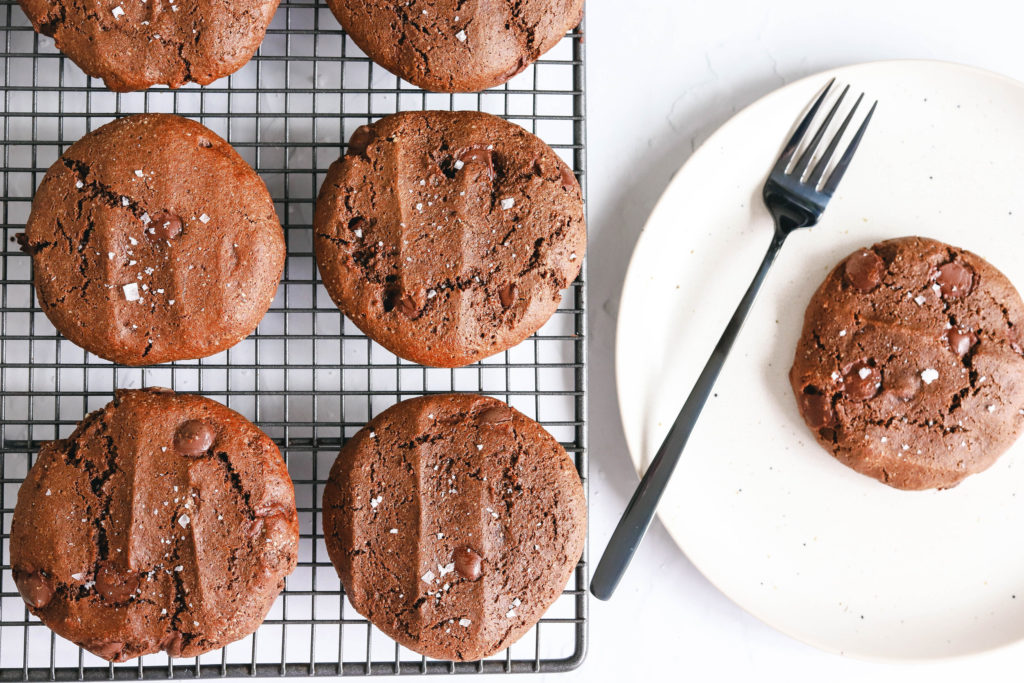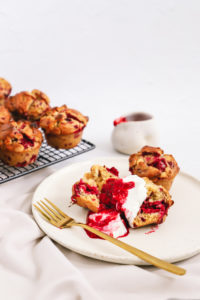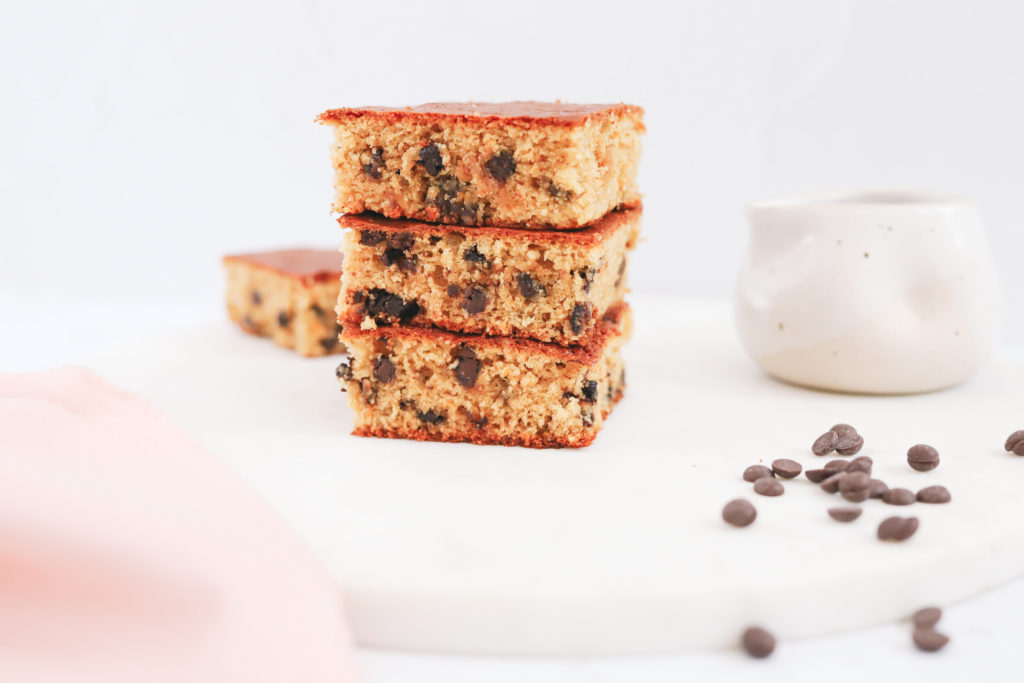Tips for making/buying healthy snacks is probably one of my most frequently asked questions.
What are good snacks? Should I have snacks? Do you have any snack recipes? I need easy snacks, etc etc. I love this because I am the snack queen!
My house is always filled with delicious baked goods and my pantry is always stocked with quick and easy throw together snack ingredients. And now, I will share all my snack knowledge with you!
First up, how often do you eat a snack, 20 minutes pass by and you’re still hungry?
Quite often? You’re not alone!
This generally happens because the snacks you are choosing are low fibre and low protein.

Fibre:
is the indigestible parts of plant foods, such as vegetables, fruits, grains, beans and legumes. Fibre has many benefits (see my Instagram post on fibre) but the key one here is that it helps to slow the emptying process in our stomachs, which helps you feel fuller!! It also helps to stabilise your blood glucose levels which is important for ensuring we don’t get a 3 o’clock energy crash.
Protein:
is by far the most filling macronutrient. This is partly because protein reduces your level of the hunger hormone ghrelin. It also boosts the levels of peptide YY, a hormone that makes you feel full.
So without fibre and protein, you don’t feel full for very long and end up aimlessly looking through the pantry for more, more, more!

To ensure we have enough energy, we need carbohydrates!
Carbohydrates:
are the body and brains main source of energy. Without carbs, we don’t work as efficiently and can become tired and lethargic.
It is important to note here that there are different types of carbohydrates.
1. Complex
– Whole grains such as oats, brown rice, wholemeal pasta and bread, as well as fibre-rich fruits and vegetables, beans & legumes
2. Simple
– White pasta rice and bread, processed foods such as cakes and pastries, chips and chocolate
We want to be choosing complex carbohydrates as these are the types of foods that contain lots of fibre. Which as we know from earlier, is very important
This next one I personally believe is not AS important (in terms of snacks) =
Healthy fats:
Healthwise, they are great for you and we need them in our diet, but they are not as satiating as carbs and protein. We also don’t have as high requirements for fats compared to carbohydrates.
Of course, add them if you wish, but don’t stress if you don’t have any.
Healthy fat sources are: Avocado, nuts and seeds, nut butter, olives, olive oil
Last but definitely not least is:
COLOUR:
eg Fruits and Vegetables
Fruits and vegetables are a part of the fibre category, but for snacks, I count them as their own category which will make sense in the examples below.

When you’re needing a snack I want you to think:
1. Complex carbohydrate
Our high fibre carbs: Whole grains such as oats, wholegrain crackers, wholemeal pasta and bread, brown rice, beans and legumes
2. Protein
Lean meats, poultry, fish, eggs & dairy
3. Colour
Fruit and vegetables
Wholegrain crackers (complex carb), 80g turkey (protein), 1/2 tomato and a handful of spinach (colour)
This is a good example where fibre is contained within the complex carbohydrates and colour.
Examples:
- Small yoghurt tub, 1 cup of berries & 2 tbsp nuts (optional)
- 1+ cups of Veggie sticks, 2 tbsp hummus, 2 boiled eggs
- Wholegrain crackers (i.e. 2 Ryvita or 4 vita-weats) with 2tbsp cottage cheese and 1 banana
- Wholegrain crackers (i.e. 3 multigrain corn thins) with 1 tin tuna & 1/2 cucumber
- 1 Carmen’s fruit free or Barley+ muesli bar with a piece of fruit
- 1 scoop protein, 1/2 cup frozen fruit, 1/4 cup oats – blended
- 1 cup Happy Snack Company roasted chickpeas mixed with 1 cup air-popped popcorn + piece of fruit
view + leave comments . . .